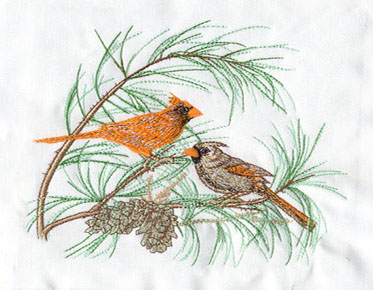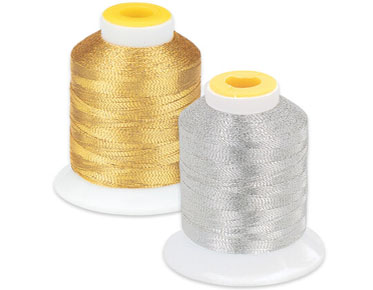8 Simple Steps to Convert Hand Drawings into Vectors
Design technology has made great progress in the last few years. All you have to do now is click the mouse button to finish the assignment. This, however, does not detract from the value of traditional art. The following content also has some reference value for Eagle digitizing.
Usually, the best job that designers can do are still good old -fashioned pens and paper. However, no matter how talented you are, your work needs digitization sooner or later. Your genius pen can still be used. Yes, even in the era of design projects mainly through digital ways.
As a design professionals, I know how to convert images and drawings in Illustrator into vectors to come in handy. This allows you to further improve your work and even collaborate with customers or colleagues.
But what's special about vector?
Well, for beginners, vectors are created through the connection point. It uses this mathematical relationship instead of pixels, making it easier to zoom in images. This will produce a better image quality than its corresponding grating image. The vector is clearer and online friendly.
Learning it does take a lot of time. This is why we guide you to complete 8 super simple stamps and convert handwriting art into vector graphics.
Step 1 -Draw your design
Create a drawing or digging sketch to find
a work that is converted to a vector graphic. You can use the simplest
illustration exercises to convert the drawing into a vector
No matter what the work you choose, you must scan. The drawing should be easy to pick up the artist. This means that it is best to choose drawing with definition and dark lines, rather than drawing drawings with a pencil.
Professional tips: also consider color.
If you use a variety of colors, make sure it is strong for the scanner or photo to pick it up. It is easier to use a color mark.
Step 2 -Digitalized Your Design
Either scan the sketch to the highest quality, or take high resolution photos. The designer suggested scanning to get better results. Remember, larger and better files will help provide you with more detailed results.
No matter which option you choose to use, make sure the adjustment settings to create a high contrast result. If the drawing is black and white, you can also use monotonous color settings to further improve the image.
Step 3 -Clean up your design
It's time to get in touch with your painting up close. The third step is to clean up unnecessary details on Photoshop or other graphics design software you like. Say goodbye to the pencil sketch aspect of the eradication.
For this reason, just use the rubber rubbing tool on the editor. The more you clean up now, the more Illustrator can track it better. Now, you may think that this is a bit overkill, but this step will reduce your adjustment later.
Step 4 -Adjust and save your design
The stronger the image, the stronger the tracking. The gray tone of the example image is more than black, but there are many ways to change the image to black and white. You can try to use adjustment layer tools, such as color steps (CMD L on MAC, or CTRL L on Windows) and curves (CMD M or Ctrl M).
Do you want to be lighter or more harsh? Now is a good time to determine how to correct the color. Once you are convinced that you can do it just right, save the image as a JPEG file.
Step 5 -track your design
Open Illustrator CS6 and create a blank document. Go to the "file" menu in the upper left corner, and then select "Place" to insert JPEG into the file.
Select the image and turn to the window> image tracking. The image tracking tool should now pop up.
Step 6 -Use preset
Make sure you choose the preview function, click the preset menu in the image tracking. Just scroll browse options until you find your favorite options.
If the tracking does not pick up your drawing immediately, you can use the default and threshold until you find an effective solution. It is possible to control your masterpiece.
Step 7 -Convert the tracking to path
Now your drawing has been followed, please go to the top toolbar and select "Expand". Your tracking will be automatically converted into a path.
You don't need to spend a few hours to try to connect the points in the illustration.
Step 8 -New vector that is shiny
The details in the original graphic will determine the number of anchor points obtained by the vector. This is how designers get clear graphics for their projects.
Like this picture, you can add color to the editors you choose and give design more life. You can use it to print marketing materials, animations, web design, etc.
If you are creating a logo or sharing with
others, it is best to clean it up now. If this is your own work, and you are
satisfied with the appearance after work in Photoshop, then you can finally
change this design as you want.



